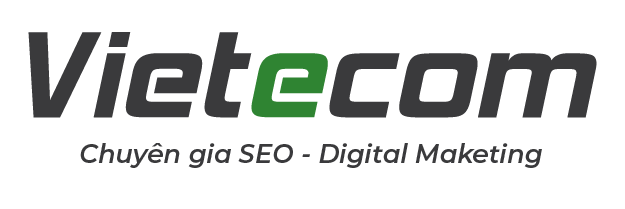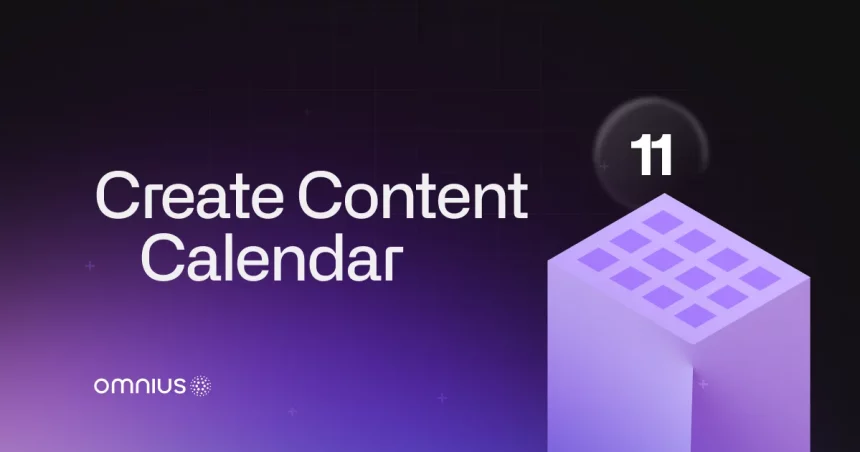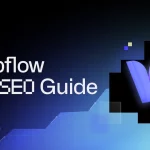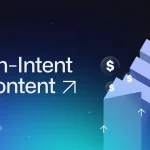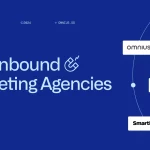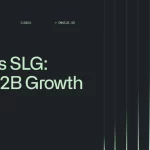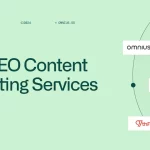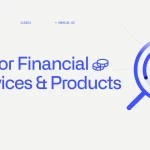The only way to accomplish your goals is to have all parts of the team have their tasks defined and assigned in advance.
As a company with multiple active projects at different stages, you know how important it is to plan ahead to honor blog content deadlines.
In today’s article, we will share lessons our content managers learned over the years of working on multiple content marketing projects that generate 1,000s of monthly leads.
Let’s begin.
Benefits of Well-Crafted Content Calendar
With high stakes like other people’s money, the Fintech industry demands high commitment from all parties involved, including blog creators.
A content calendar is a master plan that sets the trajectory for a Fintech blog for a whole year.
So, what are the benefits of The Fintech blog content calendar?
Let’s list some of them so you can understand the impact it has on your teams’ performance:
✔️ Consistency in Content Delivery – Ensures that your content is consistent, helping you maintain a reliable online presence.
✔️ Efficient Content Planning – Allows you to plan and organize your content strategy in advance, saving time and ensuring a well-thought-out approach.
✔️ Comprehensive Coverage – Ensures you address every key event and industry trend, helping you stay relevant and engage with your audience.
✔️ Enhanced Team Visibility – Offers a clear sight of topics, themes, and deadlines in front of your team, improving collaboration and coordination.
✔️ Effortless Communication – Enables easy communication between team members or with other teams, fostering a seamless workflow.
✔️ Performance Tracking – Allows you to track and analyze the performance of the blog, enabling data-driven decisions for better results.
✔️ Time Savings – Saves time by streamlining task assignments and providing predictions of the time needed for completion, optimizing productivity.
✔️ High-Quality Production – Eliminates ad hoc created content, allowing your team to produce consistent, high-quality content that resonates with your audience.
Some of our listed benefits are obvious, and some are not.
What is not so obvious is how to arrange an overview so it is easy to follow for all members of the team, especially the Content Manager.
What Sections Should You Include In Your Blog Content Calendar?
The beauty of a content calendar for a fintech blog is that there is a lot of free space to arrange it so it fits your needs perfectly.
No matter how you manage your team, the calendar should contain some basic information like:
- Titles – A broad overview of the whole year is crucial to compare the teams’ workload and possible resource relocation.
- Task status – Track the progress of your with status field values like: in progress, ready, paused, in review, completed, published, and so on.
- Time frame – Field containing deadline and/ or time allocated to complete the task.
- Assigned associate – Section naming associate responsible for the task. If multiple associates are involved, declare lead and support roles.
- Collaboration – Listing all other teams needed for completing tasks: consulting, approvals, providing access, providing semi-products, etc.
- Budget – Money allocated for outsourcing tasks.
- Comments – The section is visible for all associates to add notes about any changes.
With the basics set, we can go to the next step.
How to create a content calendar for your blog post that will allow you and your team to perform better and find new joy in work?
Let’s get into it.
How To Create a Fintech Content Plan That Generates Results
When creating a content strategy for a Fintech website, you can consider yourself an architect making a blueprint for a new highway.
To create a solid strategy and plan, you need to implement all your content creation knowledge and your team’s strengths.
Let us look at each step to explain why it is essential and how to make the best one for your company.
1. Define The Goals to Define Your Future
Set goals are the base on which everything else is created and also measuring for your success.
If you are in the building phase of your blog page, most likely you will set general goals, but next year, with more experience under your belt, you can start making exact demands.
So, when setting goals, you are looking for what the industry calls SMART goals: Specific, Measurable, Attainable, Relevant, and Time-bound.
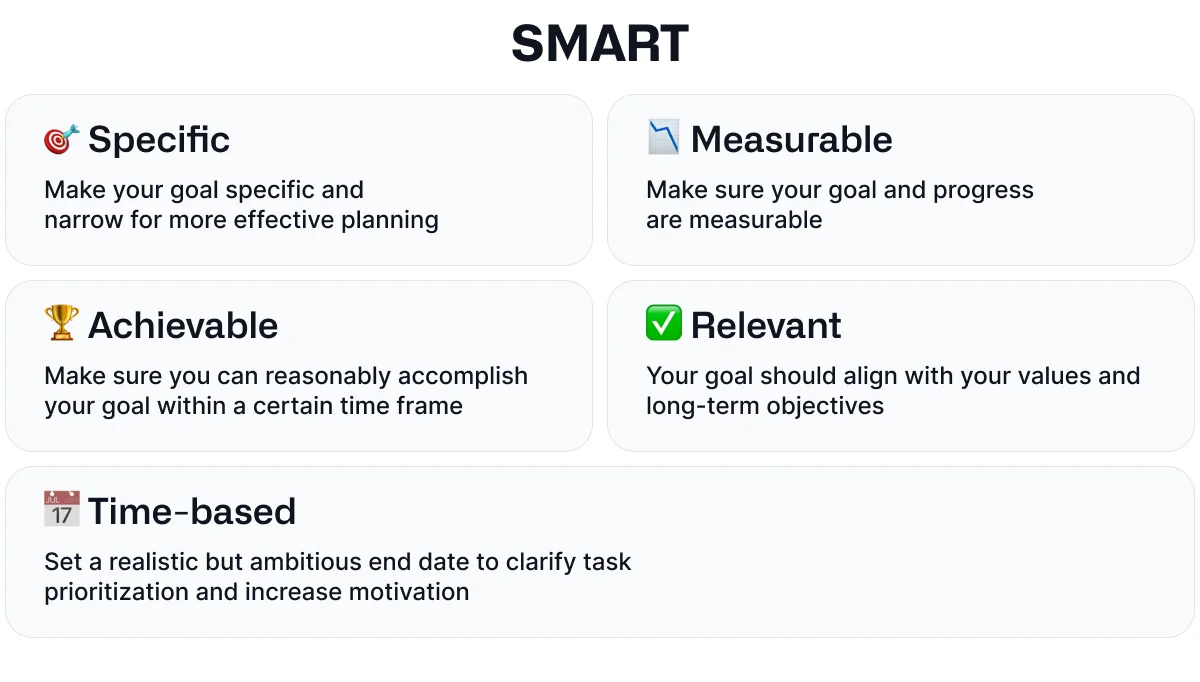
For instance, one of the goals you set can ask for a 15% increase in visits to a blog page in 6 months.
With a goal in mind, you can create a plan on how to achieve it.
For example, it is perfectly sensible to expect to accomplish the goal with:
- Improved brand awareness using research-based articles focused on industry trends.
- And to back up written content, use videos and infographics for easy sharing on other platforms.
Let’s review how this scenario looks from a SMART goal perspective.
Defining Goals Example
🎯 Specific – Increase the number of visits to our blog page by 15% in the next 6 months.
📊 Measurable – We will track the number of visits using website analytics software to measure the progress.
🏆 Achievable – This goal is achievable because we have historical data and content planning tools in place to support our efforts.
🤝 Relevant – Increasing blog page visits aligns with our content strategy, which aims to engage our target audience and drive more traffic to our website.
⏳ Time-bound – We aim to achieve this 15% increase within the next 6 months.
By setting this SMART goal, we can create a plan that leverages the benefits mentioned earlier, such as content planning and performance tracking, to develop a clear strategy for achieving this specific objective.
2. Special Day Deserves Special Attention
The Fintech industry is never idle.
With all events happening every day, some are still greater than others.
Some events are important globally: conferences, bankruptcy, mergers, and so on.
Others are localized and have a higher impact on your company than the Fintech space in general:
✔️ Your product release
✔️ Competitors’ product release
✔️ New regulations
✔️ And much more
For events that are announced in advance, you should circle the date with a big red marker and make sure that your blog has the right content story ready in advance.
What you can do in addition to what’s mentioned, is to look over the fence at your competitors’ plans.
Placing a cleverly developed story on your blog page can steal the thunder from their big reveal.
Fitech Event Blog Story Example
✍️ Title:
“The Future of Finance: Exploring Innovations at (Your Fintech Event Name)”
✍️ Introduction:
In the fast-evolving world of finance, staying ahead of the curve is crucial. That’s why we’re thrilled to announce our upcoming event, (Your Fintech Event Name), where we’ll dive deep into the latest fintech innovations shaping the industry. Join us as we explore the future of finance, bringing together thought leaders, experts, and innovators for a dynamic and insightful experience.
✍️ Key Highlights:
Unveiling the Fintech Landscape – In this segment, we’ll take a comprehensive look at the current state of the fintech industry. We’ll discuss the key players, trends, and technologies driving financial innovation.
Fireside Chats with Industry Leaders – Get ready for exclusive interviews and discussions with fintech pioneers. Gain valuable insights into their journeys, challenges, and visions for the future of finance.
Showcasing Cutting-edge Technologies – From blockchain and AI to mobile payments and robo-advisors, we’ll showcase the latest fintech solutions revolutionizing financial services. Witness live demos and explore how these technologies can benefit your business.
Interactive Workshops – Join interactive workshops led by experts in the field. Learn practical skills and strategies to implement fintech innovations in your organization.
Networking Opportunities – Connect with like-minded professionals, investors, and startups in the fintech space. Expand your network and explore potential collaborations.
Investor Insights – Discover investment opportunities in fintech startups. Learn from seasoned investors about what they look for when funding disruptive fintech ventures.
✍️ Event Details:
Date: (Event Date)
Location: (Event Location)
Registration: (Registration Link)
✍️ Conclusion:
Don’t miss out on this exciting opportunity to be at the forefront of fintech innovation. Join us at (Your Fintech Event Name) and be part of the conversation shaping the future of finance. Stay tuned to our content calendar for updates, speaker announcements, and more insightful content leading up to the event!
This content story provides a comprehensive overview of your fintech event and can be used to generate anticipation and engagement on your content calendar.
You can adapt and expand upon it as needed to fit your specific event and audience.
3. Fill Up the Rest of the Calendar
With events taking up fixed positions in your schedule, what do you do with the rest of the calendar?
You can’t just throw stuff around and leave them where they land.
In the beginning, while creating a bird’s view strategy, you should go into more detail and develop a strategy on how every story will lead to the main ones you are making to seal the deal.
In short, not all blog posts have the same task.
Story 1
Entry stories should attract people with catchy titles and metadata to discover your blog and company.
Such stories do not always revolve around your product or the sphere you operate in but are interesting to your targeted audience.
Here is an example:
✍️ Title:
“Unlocking Financial Freedom: The Fintech Revolution You Can’t Afford to Miss”
✍️ Metadata:
Meta Title – “Revolutionize Your Finances with Fintech”
Meta Description – “Explore the world of fintech and discover how innovative technologies are reshaping the way we manage money. Join us on a journey to financial freedom and empowerment.”
Meta Keywords – Fintech, Financial Technology, Digital Banking, Investment Apps, Financial Innovation, Money Management
This title and metadata combination emphasizes the transformative nature of fintech and highlights the benefits of exploring the topic, aligning with the idea of attracting the targeted audience.
Story 2
On the opposite end, you have blog posts focused on delivering crucial technical data to interested readers to convince them to sign up with your company.
✍️ Title:
“Demystifying Fintech: A Deep Dive into the Technical Advancements Powering Our Platform”
This title suggests that the blog post will provide in-depth technical information about your fintech platform, appealing to readers interested in the technical details behind your services. Plus, this type of title does exactly what it’s supposed to – encouraging them to consider signing up with your company.
As you can see, it makes sense to publish the first story at the beginning, and the second one at a later date.
This strategy allows you to guide visitors through the sales funnel and generate interest in your product.
4. Find The Best Person For a Job
A fundamental content calendar serves as the foundation, outlining content types and titles, yet the intricate machinery of content creation lies beneath the surface.
This intricate process involves individuals who write, edit, prepare visuals, and ultimately approve each piece of content.
Know your internal content creation capabilities.
So, how to identify “who is the best for the job”?
Content writers have their own interests.
Firstly, certain topics align better with their expertise, allowing them to produce high-quality blog posts more efficiently.
Additionally, some roles, such as tech writers for tutorials and addressing implementation questions, are relatively easy to staff. However, roles like image and video editing experts are not typically found among regular employees.
If you lack someone with these skills on your team, you have two options: either forego visual content altogether (not recommended), or opt to outsource such tasks.
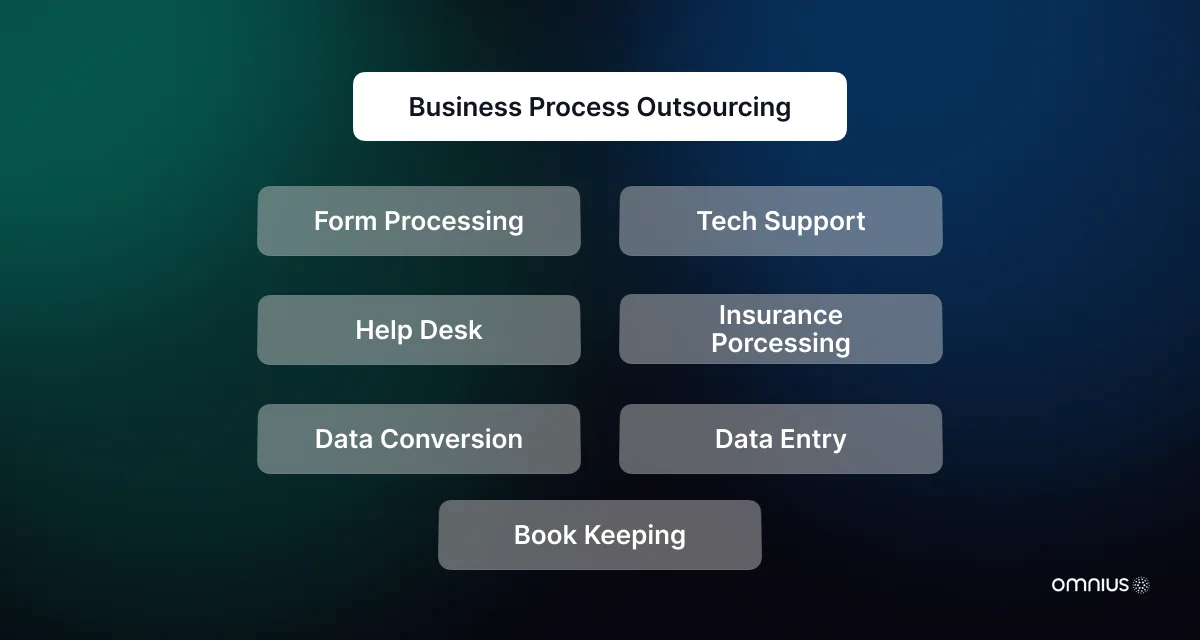
Outsourcing has an impact on your budget, but also it can affect your timetable.
But there is always an opportunity to grow.
If you assign your employee as backup or assistant to a freelancer in the long run, you can create a team specialist, which will cut your expenses.
These are all pivotal considerations that should find a place in your content calendar.
Weighing such options is not an easy task, and it always carries a certain level of adjustment from your team.
5. Expect the Unexpected
When creating a content calendar, content managers are looking for that fine line between quality and quantity.
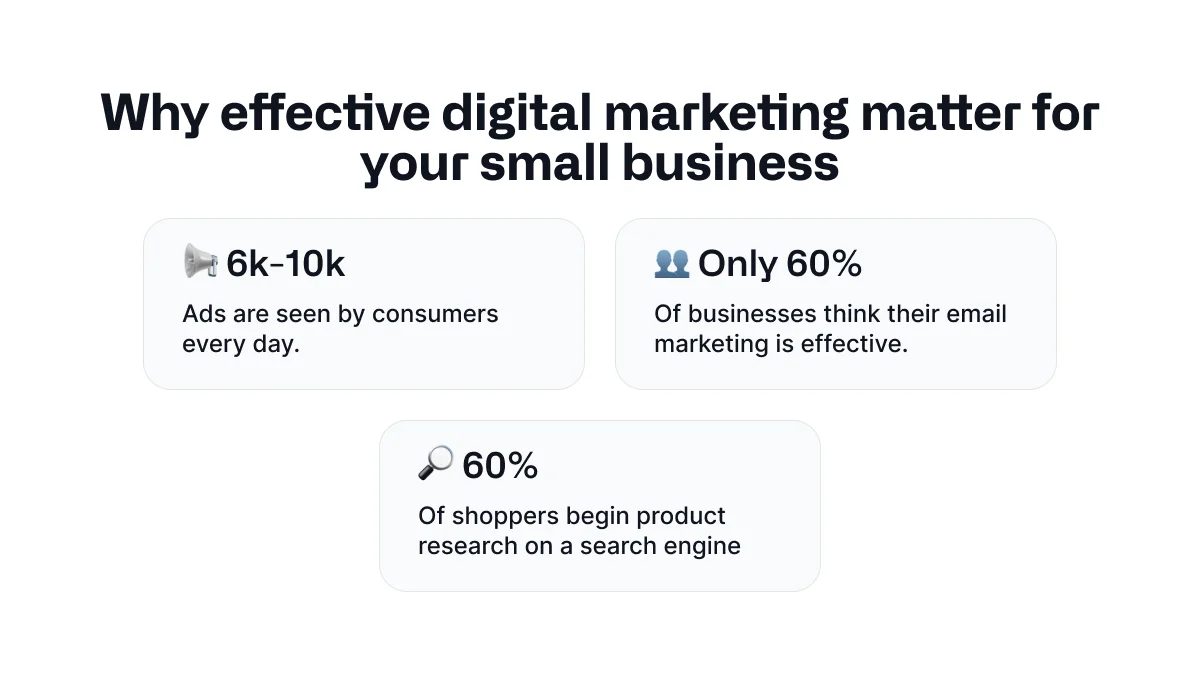
However, there is another balancing act when planning for the whole year – how packed is your Fintech blog calendar?
In other words, choose wisely between a tightly packed schedule and not producing enough content to keep readers interested.
If your plan contains so many tasks that there is no room for error or any changes, the first bump in the road will create failure.
The year is a long time in Fintech, and a lot can happen, so you should leave some room for new stories and review old ones.
Also, take into account that some writers will get sick, and you need to fill in that gap.
6. Stop Along The Way and See Where You Are
An effective blogging strategy entails a comprehensive roadmap that sets clear objectives and continually monitors and assesses progress toward achieving them.
Incorporate a robust system for monitoring and analyzing metrics to enable the evaluation of your content’s performance and the flexibility to make necessary adjustments.
Bonus Tip: Build Your Template
As time passes and you start building the process for yet another content calendar for your blog page, you will see patterns that stay the same in every iteration despite changes in the industry.
To help you in your efforts, we created a broad template on which you can build your future successes.
Notes
- In the “Month” section, specify the month and year for which the calendar is created.
- In the “Week” column, denote each week within the month.
- For each week, include the date for the content publication.
- In the “Content Title” column, provide the title or topic of the planned blog post.
- In the “Content Type” column, specify the type of content (e.g., blog post, video, infographic, podcast).
- In the “Target Audience” column, identify the specific audience segment the content is intended for.
- In the “Keywords/Topics” column, list the keywords or topics that the content will cover.
- In the “Status” column, track the status of the content (e.g., Draft, Published, Scheduled).
You can customize this template according to your blog’s needs, including additional columns for tracking metrics, deadlines, and responsible team members if necessary.
Thoughts For The End
Our goal is to make this lesson as simple as possible with just basic steps you can learn in a few minutes and start implementing them in your next attempt.
Hopefully, we got you at least halfway to where you want to be.
Write us, and we’ll gladly answer all your doubts and queries, just as search engines do.
And if you’re ready to dominate the SEO growth and Fintech blogging, then get to work.
Or you can let the Omnius team do it for you.
The choice is yours.
Schedule a 30-minute call to discover how you can improve your SEO and content marketing and how we can help you.
Nguồn: omnius.so
